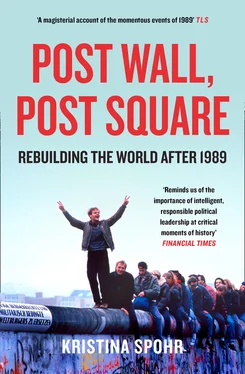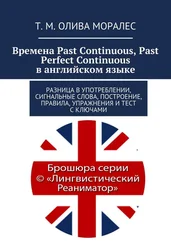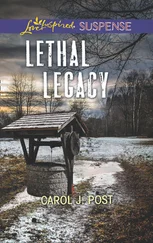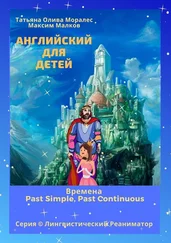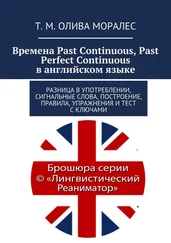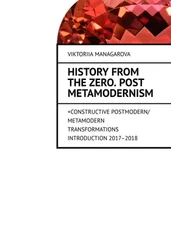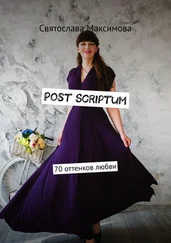Yet 1989 was not just simply a bloc-wide uprising against the Soviet ‘empire by imposition’. Change resulted from specific circumstances in individual states, with their different societies, cultures and religions. The catalysts occurred at different times and unfolded at different speeds, driven by diverse national and local circumstances. Many of their roots lay in long-simmering grievances; and many of the historical reference points came from earlier revolutions, not just in the communist era (Berlin, 1953; Poznan, 1956; Budapest, 1956; Prague, 1968) but also going back, say, to 1848 or 1918.
In the case of Poland[13] nationalist resentment against alien rule was channelled through the Catholic Church, which held a unique position of authority there compared with anywhere else in the bloc. For centuries the church had embodied Polish values against both Russian Orthodoxy and Prussian Protestantism, especially at times when Poland had been erased from the map during various periods of partition. In the communist era, it successfully retained its independence from the state and ruling party and functioned as almost an alternative ideology. The election of the charismatic cardinal Karol Józef Wojtyła in October 1978 as the first Polish pope (John Paul II), and his triumphal visit to his homeland the following June, elevated him into an alternative leader who championed human rights and freedom of speech yet who, by virtue of his office, was now resident in the West. Such were his authority and aura that the regime was left virtually impotent as the people discovered a surrogate voice.[14]
Poland also had another well-organised force capable of standing up to the state. Solidarity, the independent trade union, had been formed in 1980 during a rash of strikes that spread along the Baltic coast of Poland from Gdańsk north to Gdynia and then west to Szczecin in response to massive price rises imposed by the government. The crucible of the movement was the Lenin Shipyard in Gdańsk, Poland’s leading port, where some 20,000 workers and their families formed a significant and cohesive force of resistance, and the leader who emerged was Lech Wałęsa, a forceful and feisty workers’ organiser, who became an international icon with his big, bushy moustache. After months of unrest, the regime – now led by General Wojciech Jaruzelski who, unlike his predecessor, had Moscow’s full backing – eventually imposed martial law in December 1981. It was a crackdown Polish-style, but at least there was no Warsaw Pact intervention akin to Prague 1968. Political deadlock ensued. The authorities were unable to eliminate Solidarity, but the outlawed union was in no position to overthrow the government either.[15]
The Polish economy continued in spiralling decline until another round of price hikes in winter 1988 as part of what the government described as a broad programme of economic and political change. But while retail prices jumped 45% in the first quarter of 1988, in the case of household fuel going up 200%, much of the programme ground to a halt almost as soon as it had begun.[16] During the spring and summer strikes and protests spread across the country, enveloping all branches of industry – from the shipyards to the buses, from steelworks to coal mines – at a time when Gorbachev was encouraging reform from Moscow and spurring Jaruzelski into further ‘socialist renewal’. When a new wave of strikes in August paralysed Poland’s key export industries, especially coal and steel, the government’s facade of self-confidence began to crack. ‘A very powerful thing came out of the last strike,’ said Wieslaw Wojtas, the leader at Stalowa Wola, the heart of Poland’s steel industry and epicentre of the 1988 strikes. He and his fellow workers had had the audacity to end the August strike by marching through the city, together with 30,000 of the city’s 70,000 residents, to the local Catholic church. ‘We broke the barriers of fear,’ he declared proudly. ‘And I think the authorities realised we won.’[17]
Wojtas was right. Now that the fear of the tank had dissipated, the Poles could no longer be forced into silent submission. Jaruzelski agreed to discuss economic, social and political reforms. Round-table talks opened in February 1989 with Solidarity, the church and communists sitting as equals around the same bagel-shaped table.[18] On 5 April they reached an agreement that would amend the 1952 constitution and take the Polish polity a long way towards representative government, including a restored upper house to complement the Sejm. What’s more the former would be chosen entirely by free elections, thereby paving the way for the legalisation of Solidarity and the election of 4 June.
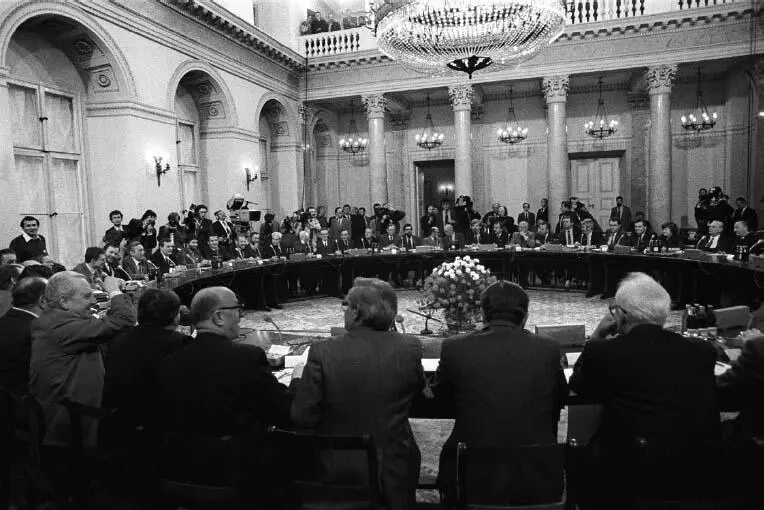
Poland – Refolution at the round table
Wałęsa had called off the strikes in September 1988, in return for Jaruzelski’s commitment to round table discussions.[19] Popular protests would never be repeated on such a large scale. From the autumn of 1988 what happened in Poland was ‘entirely an elite-managed crisis, with the masses only stepping onto the political stage to cast their votes, on June 4 and 18, 1989’, bringing to an end the communist monopoly on power.[20] Indeed this was an elite affair on both sides, with the deals largely hammered out between ruling and opposition leaders. Hence commentator Timothy Garton Ash’s neologism ‘refolution’, signifying reform from above prompted by revolutionary pressure from below.[21]
In Hungary in 1988–9, the dynamic was similar though the logic and pace of the narrative were different. There was no rash of strikes to act as a catalyst, and no trade union movement or rallying around the church; instead the crucial trigger was a power struggle within the party elite. In May 1988 the ailing János Kádár, now in his mid-seventies, who had held power since his installation by the Kremlin in 1956, was finally toppled. His departure opened the door for a new generation of communists, all of them in their forties or fifties and mostly reformers.[22] Their outlook was defined by the complex legacy of November 1956, when Soviet tanks had rumbled into the capital, Budapest, to put down popular demonstrations against Russian oppression and to overthrow a reformist communist government that had committed itself to free elections and the country’s withdrawal from the Warsaw Pact. In the bloody crackdown, an estimated 2,700 Hungarians died and 20,000 were injured.[23]
After the Soviet tanks rolled in, the Kremlin expected its puppet Kádár to sort out the mess. His first move was to send some 20,000 people to prison and execute 230, including the ringleaders of the ‘counter-revolution’ (the Soviet bloc’s official description of this popular insurrection). Imre Nagy, his predecessor, was tried in secret, hanged in the prison yard, and then buried face down in an unmarked grave with his hands and feet tied by barbed wire. Although no mourning or commemoration was allowed in Hungary, Nagy became a cult figure for Hungarians and in the West.[24]
Kádár, having proved his loyalty to Moscow, gradually and quietly jettisoned Marxist dogma and allowed a measure of free enterprise. The command economy was loosened to free many goods from price controls and to introduce a new programme for agricultural collectivisation, including revised household plot regulations that permitted people to grow food for the market on private land.[25] This was the origin of Hungary’s so-called ‘goulash economy’ of the 1960s – officially termed the ‘New Economic Mechanism’.[26] Kádár’s economic and political reforms made possible rising living standards and a relatively relaxed ideological climate. He also cautiously opened up Hungary socially; Western radio broadcasts were no longer jammed and the restrictions on travel across the Iron Curtain were relaxed. In 1963, 120,000 Hungarians travelled to the West, four times more than in 1958. All this made the country one of the most prosperous and tolerant states in the Soviet bloc.[27] Kádár became a popular figure – at least for the moment.
Читать дальше
